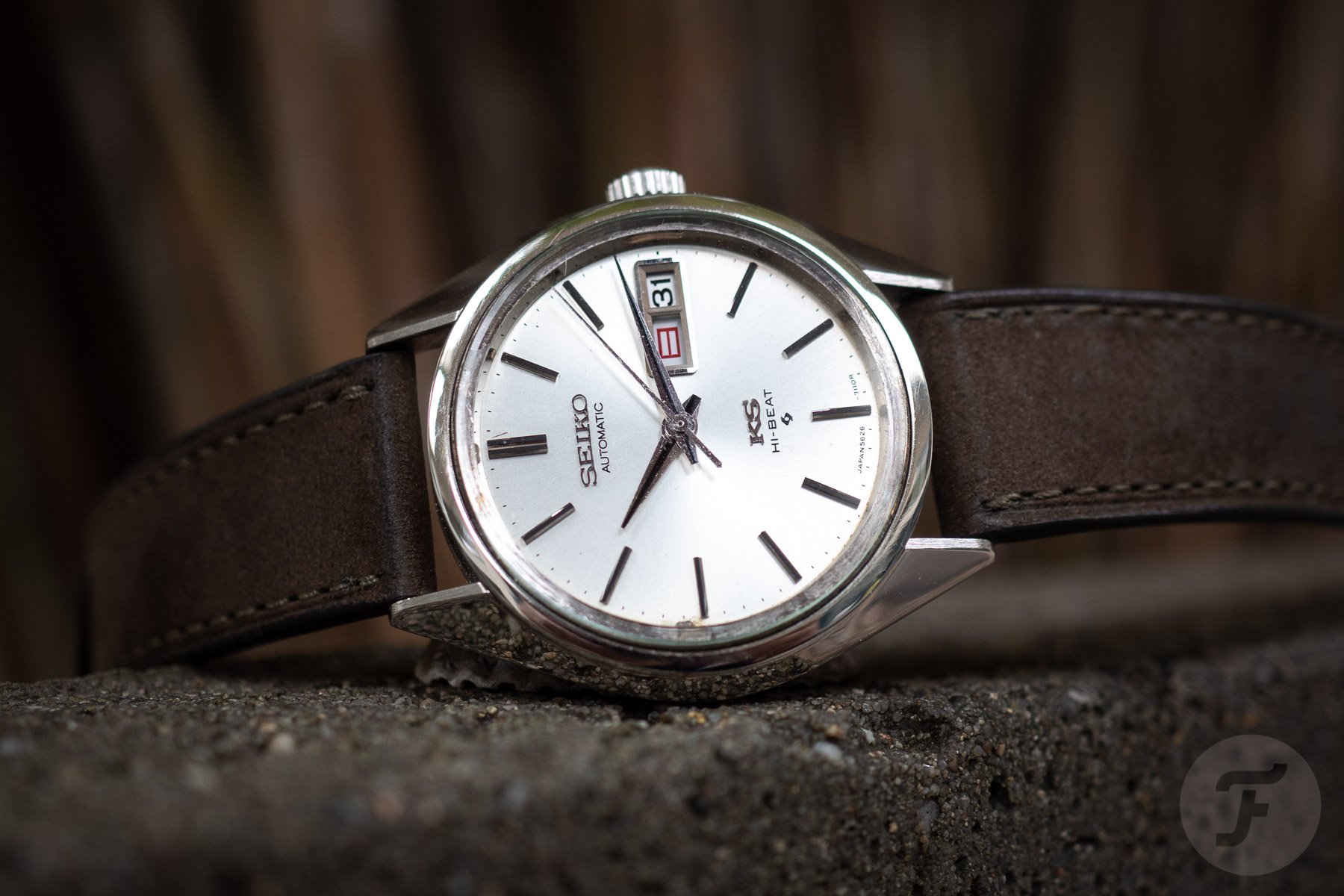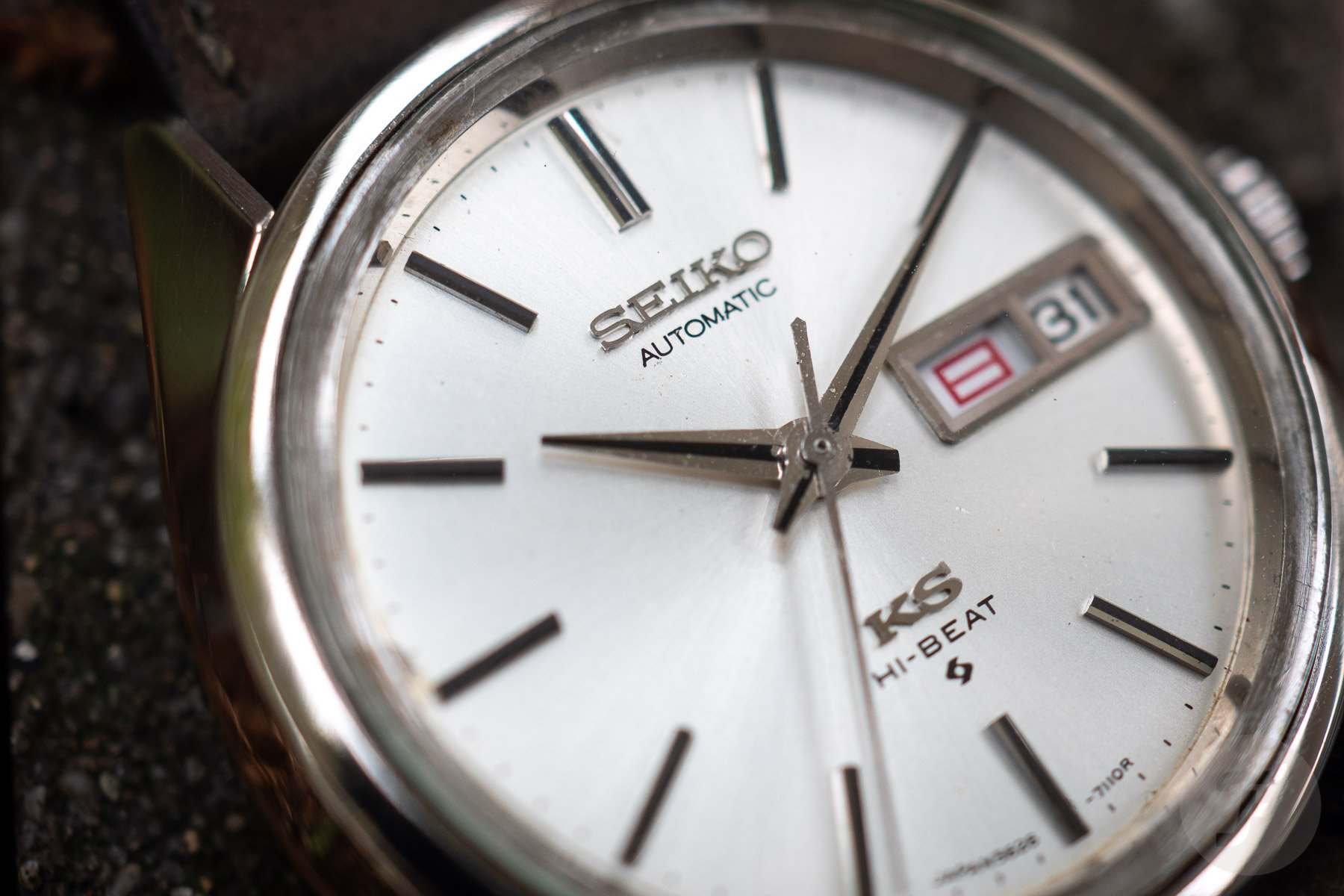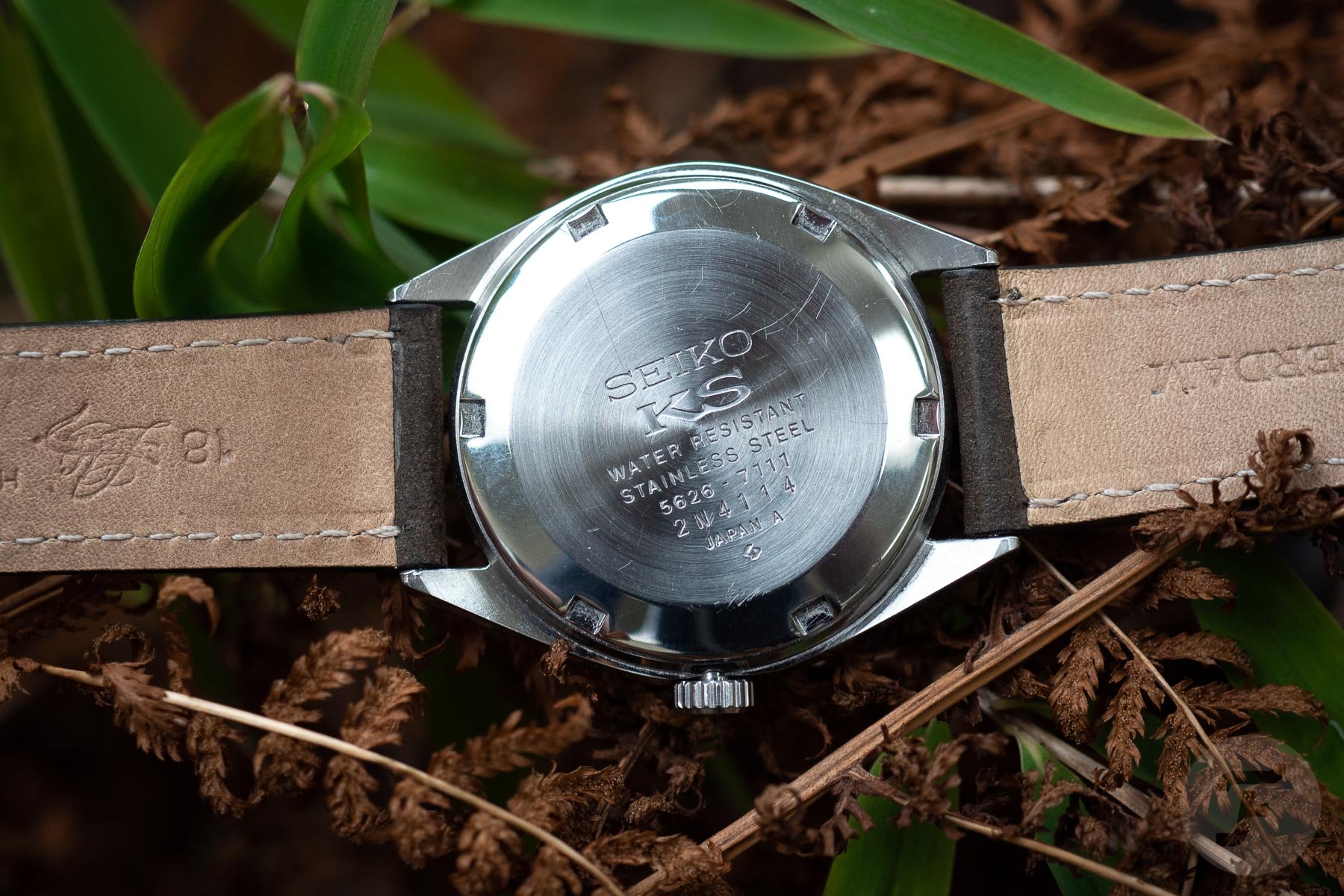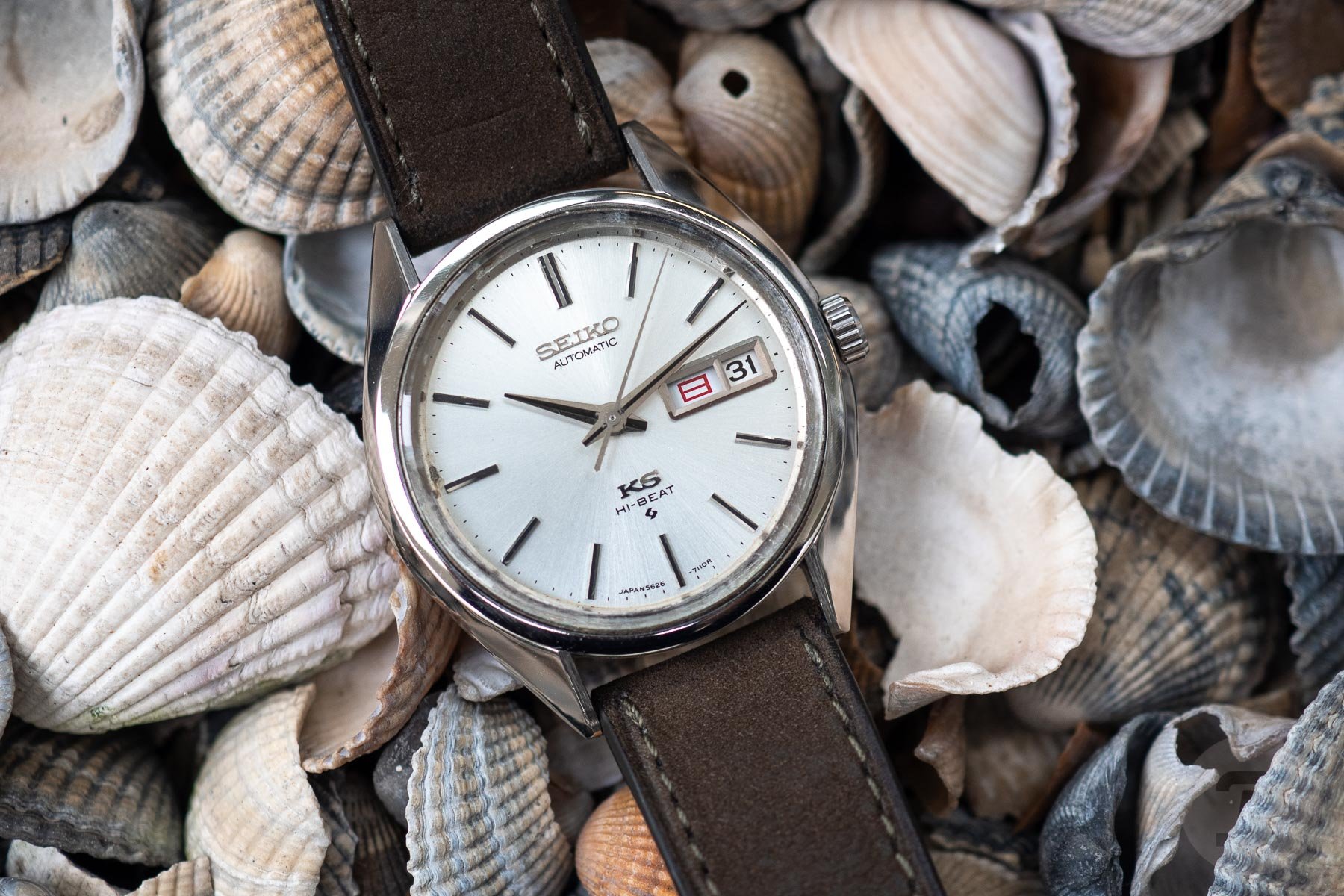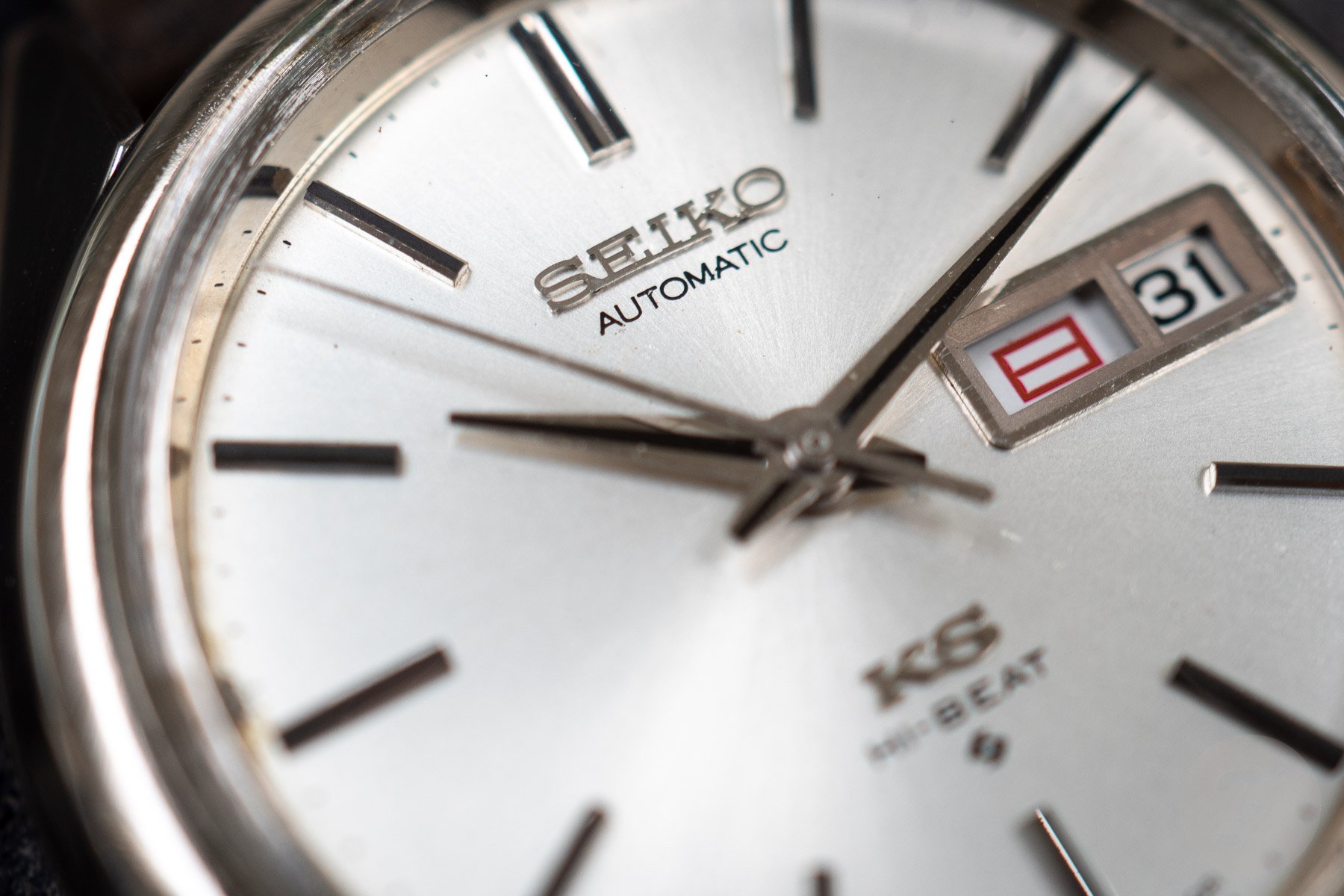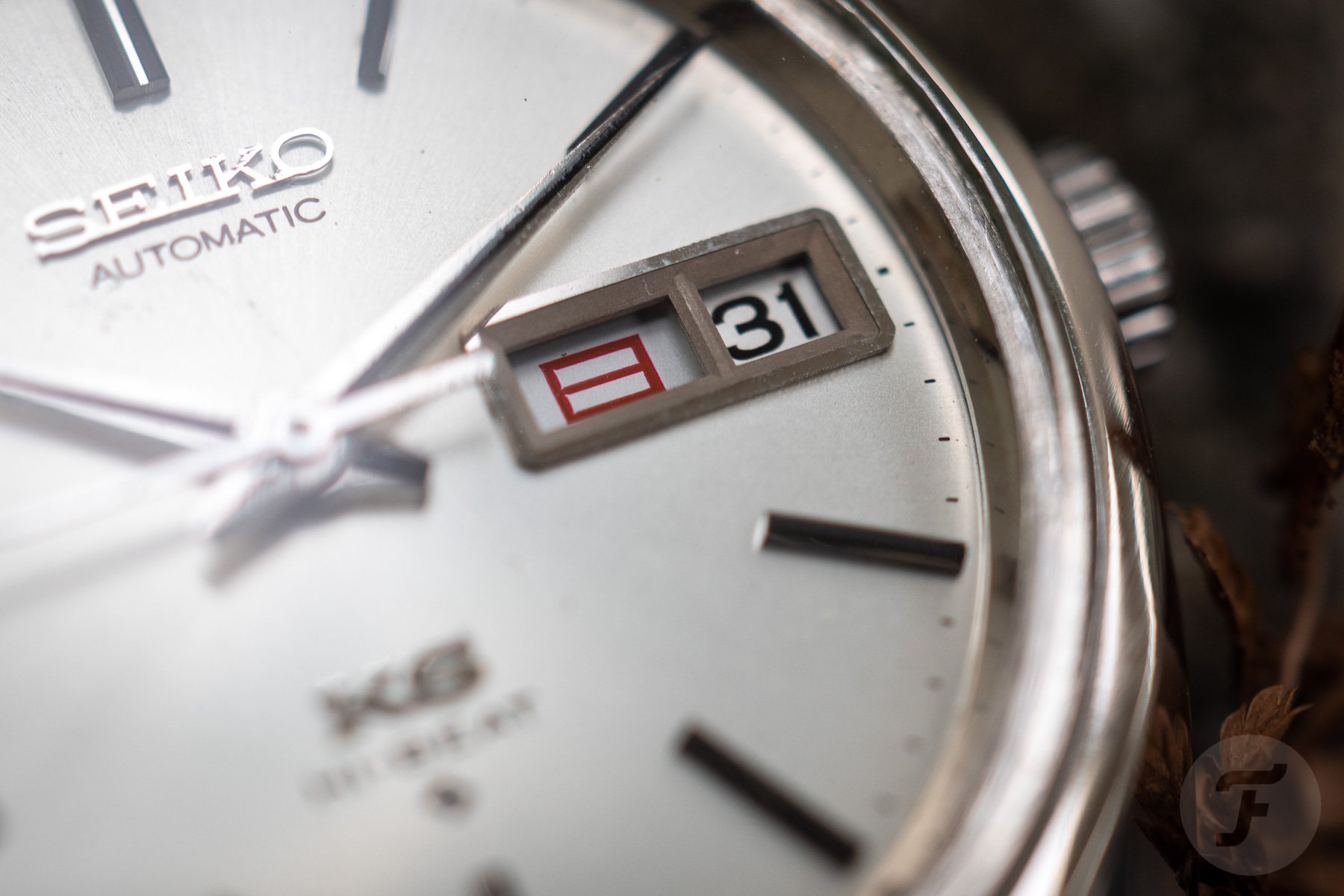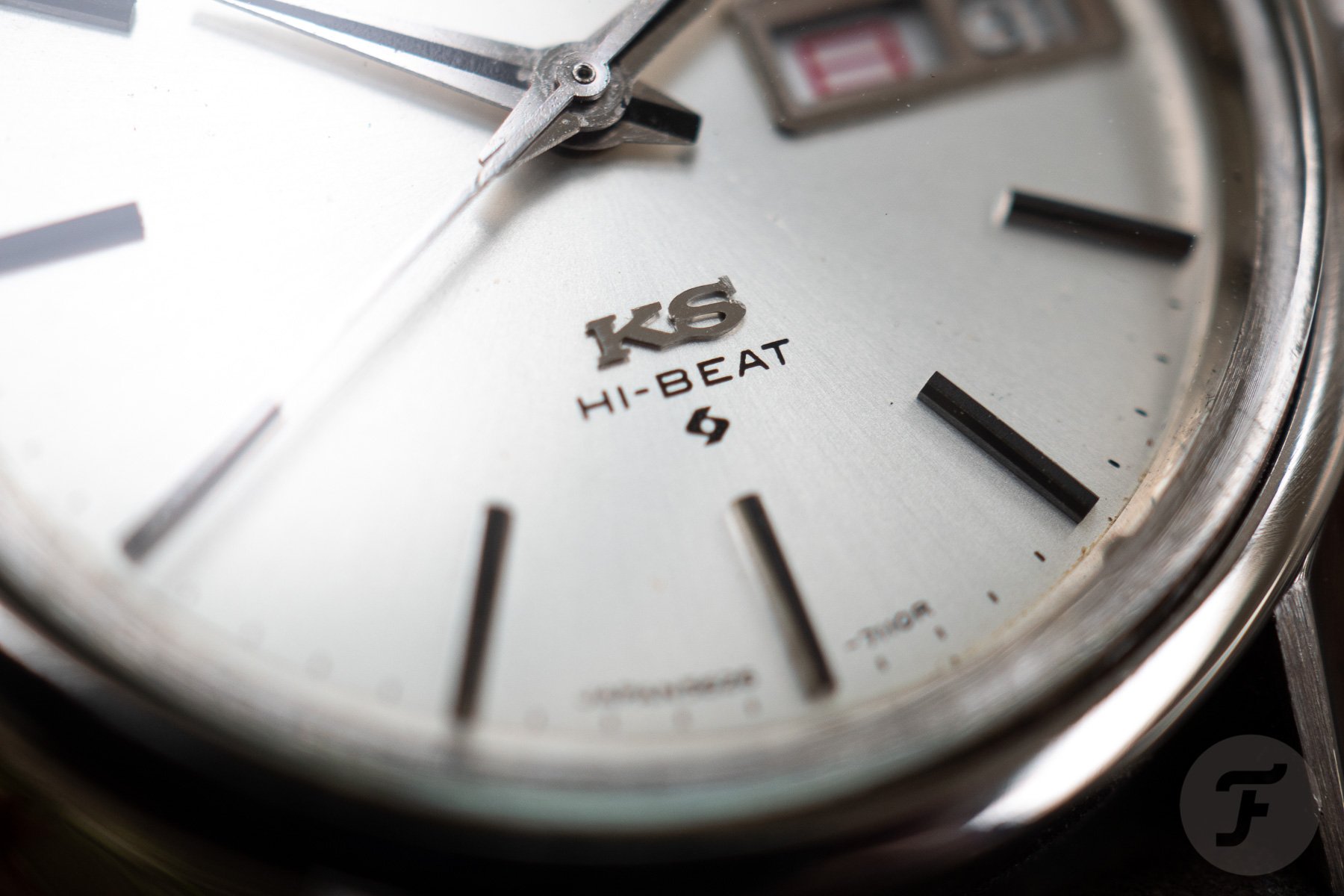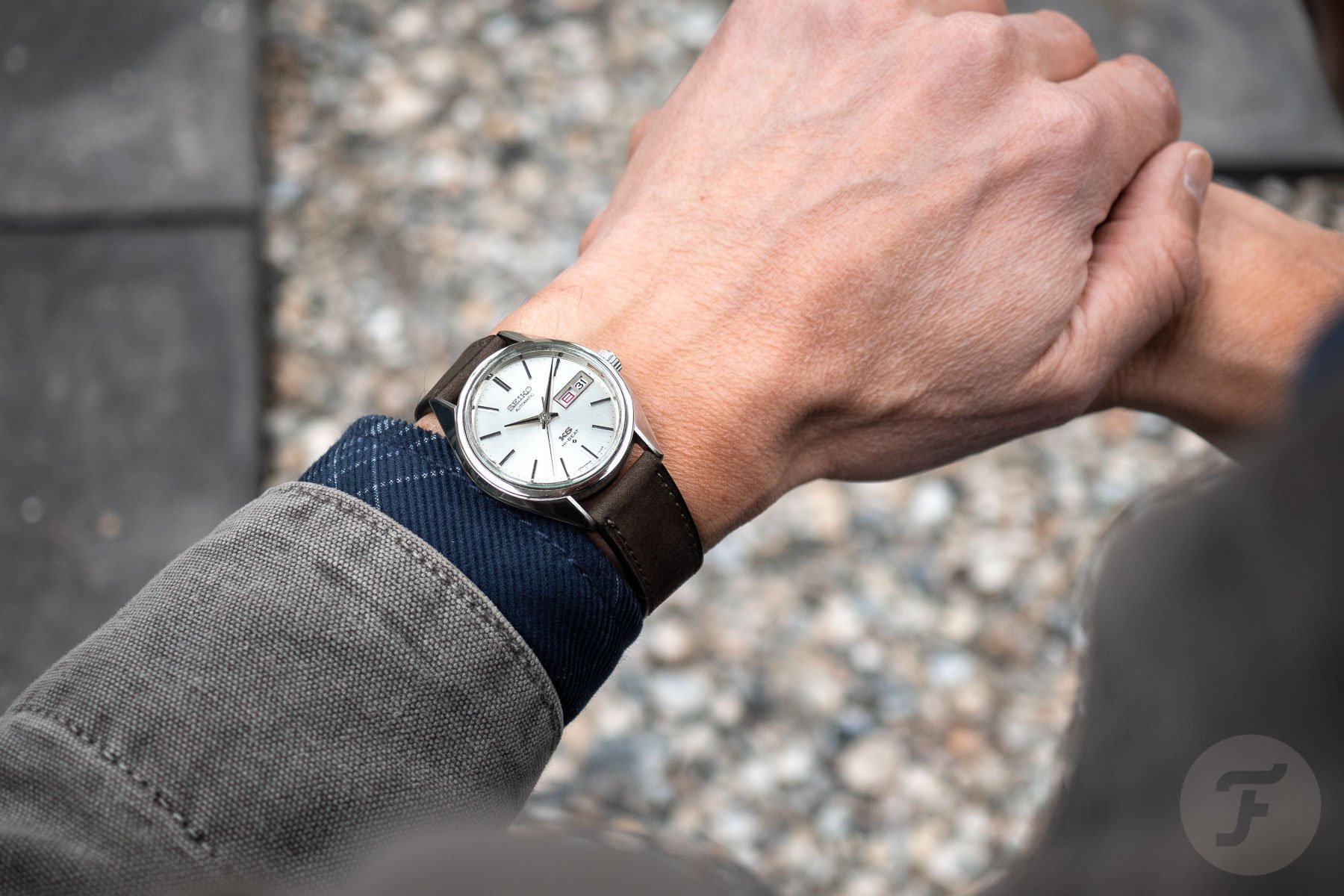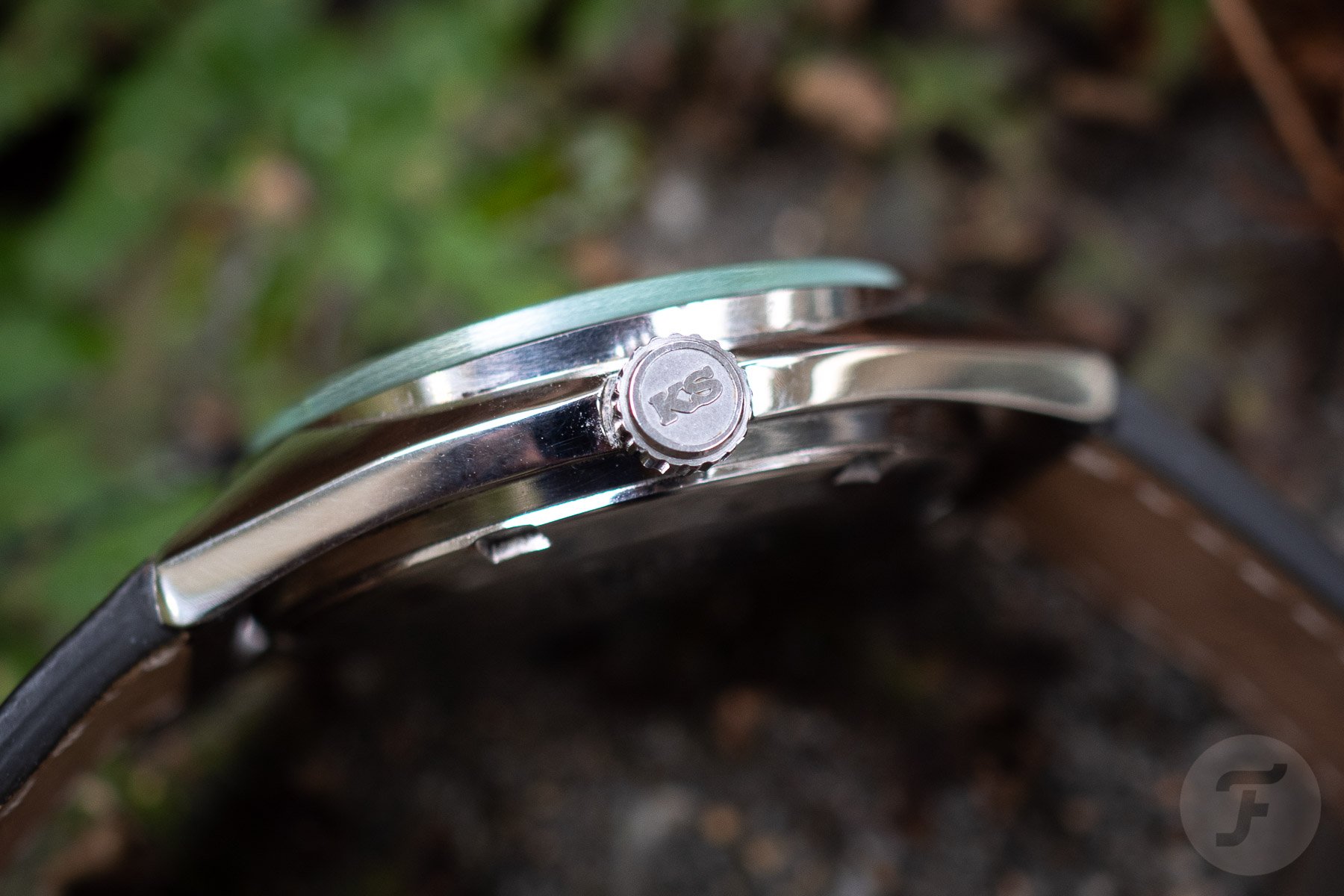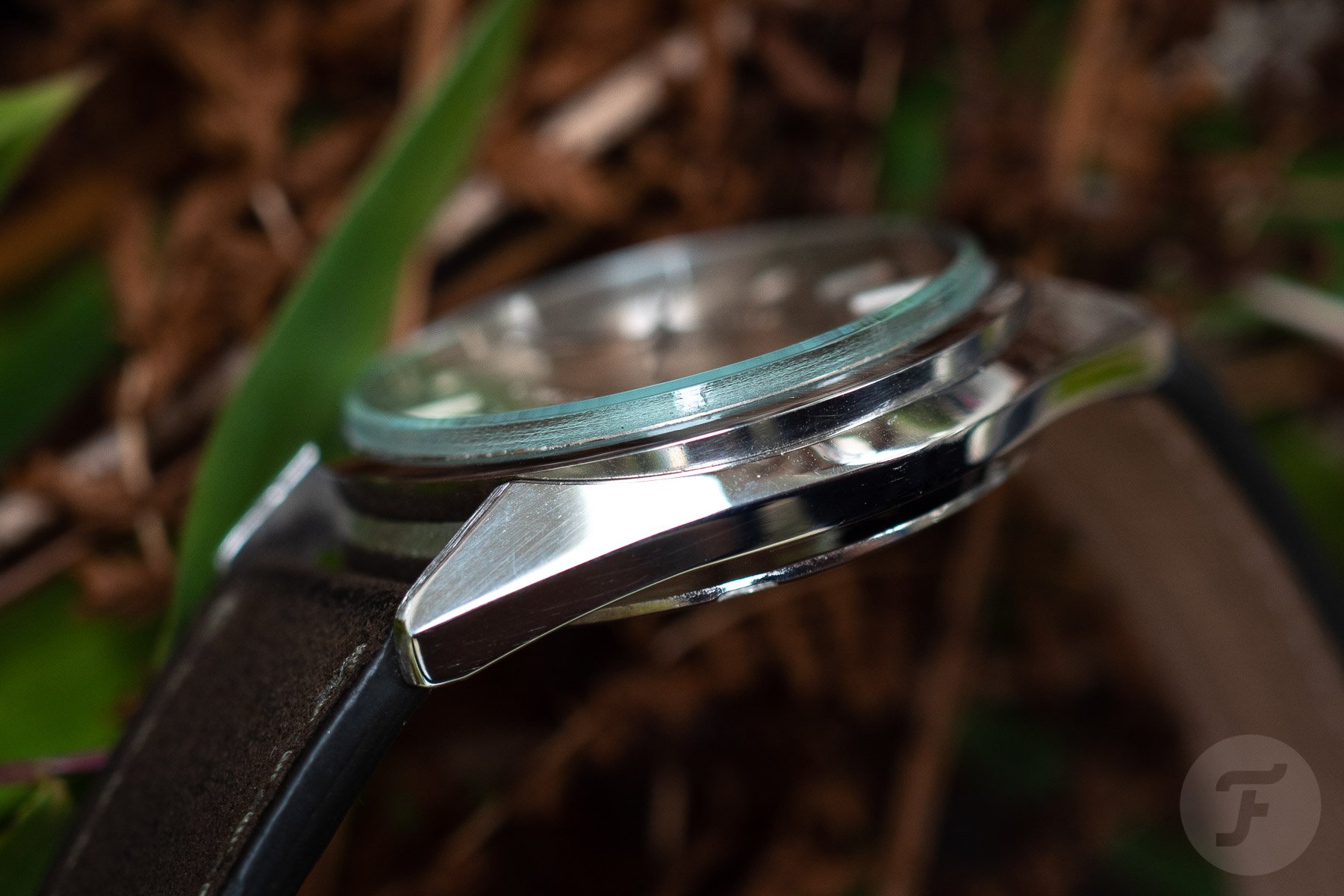Fratello Editors Share Their Seiko Stories: Lex’s Vintage King Seiko That He Bought On A Bus
Everybody loves the underdog. Now, I could claim that I bought my 1972 King Seiko 5626-7111 because I prefer the underdog over the top dog called Grand Seiko. I won’t. I will tell you exactly why and how I bought my vintage King Seiko.
You probably know that in the 1960s, Seiko was producing watches in two different factories that competed against one another to create the best wristwatches possible. In the original Suwa Seikosha factory, the first Grand Seiko was built and released in 1960. In the Daini Seikosha plant, King Seiko was developed and released in 1963. The Suwa factory eventually won the “battle” between the two, and thus, “GS” lived on, and “KS” was dismissed in 1975. What both GS and KS have in common is a design that follows strict rules. It was Seiko’s head designer Taro Tanaka who laid down his “Grammar of Design” for all Seiko wristwatches. Remember that name. Everybody knows Gérald Genta, and some even call him the king of watch design. But if that’s the case, Taro Tanaka is the emperor of watch design. His Grammar of Design brings him that title.
My vintage King Seiko 5626-7111, thanks to Taro Tanaka
Tanaka’s Grammar of Design boils down to four points. It starts with the rule that all surfaces and angles need to be flat and geometrically perfect. Why? Because this reflects light in the best way possible. The second rule states that bezels need to be relatively simple, round, and faceted. The third rule involves mirror finishing and completely undistorted surfaces. And finally, rule number four says that cases need to be more than just round; they need to be unique. Tanaka’s rules led to my favorite watch case of all time, the 44GS case that debuted in 1967. My 1972 King Seiko 5626-7111 has a 44GS case, and it’s just magnificent. All of Tanaka’s rules work together to create a balanced case design that is strong yet elegant and, above all, completely timeless.
KS instead of GS
I bought my 1972 King Seiko 5626-7111 in December 2018 on a shuttle bus during a Grand Seiko event in Amsterdam organized by Fratello, Watching Magazine, Horloge.info, and Seiko. After listening to a couple of speakers and visiting the Seiko boutique in the center of the city, I desperately wanted to own a watch with a 44GS case. The only problem was funding. But during the ride back to the hotel where the car was parked, I had a moment of clarity. I thought of the Grammar of Design, whipped out my phone, and started looking for a vintage 44GS.
Unfortunately, vintage GS models with that case were also out of my budget. Luckily, I remembered the competition between the two Seiko factories and started searching for a King Seiko with a similar case design on Chrono24. It was a stroke of brilliance if I do say so myself. Minutes later, I found a 36mm King Seiko 5626-7111 that I could afford and loved immediately, and I paid the €550 asking price for it before the bus reached the hotel.
Lovely long lugs
I believe that 36mm is a very special case size. When executed correctly, it can feel like perfection. The 36mm Rolex Turn-O-Graph is one of my all-time favorite watches, for instance. When done right, 36mm is all you need. The key to the King Seiko 5625-7111’s success is the long, angular lugs that give the watch a sleek and even edgy look. Well, and the dial, but first things first. When the watch I bought on the bus arrived from Hungary, I was immediately struck by the perfect proportions. The 44GS case is slender yet strong, and the polished surfaces give the watch an impactful presence. On the dial, the long and slim mirror-finished applied indexes and slender dauphine hands create a powerful yet distinguished look.
One thing I particularly like is the quickset day and date indication. First, there’s the frame surrounding the day/date window. The faceted metal looks firm and is beautifully finished. And then there’s the choice between English and Japanese kanji; I prefer the day indication in kanji because of the way it looks. I also love the fact that Saturday is executed in blue and Sunday in red. During the week, I have no clue what day it is, but on the weekend, I’m golden.
As you would expect from a 1970s watch, the leather strap was a new, cheap, flimsy excuse for a strap. It felt and looked like cardboard, so it immediately had to go. Instead, I switched to an olive-colored nubuck ABP Concept strap, a color that matches the silver-white dial in an appropriate 1970s style.
My vintage King Seiko’s first outing
The first time I wore my new King Seiko 5626-7111 outside the house didn’t go as planned. It was at a press presentation of a Swiss brand that operates in the upper echelons of the industry, and there were a lot of watch writers present. When I proudly presented my new KS to a long-time colleague and friend, the case back fell off when I took it off my wrist. The combination of case, gasket, and case back didn’t work in harmony, obviously.
It did allow, however, a look at the automatic Seiko caliber 5626. That’s a 25-jewel Hi-Beat movement beating at 28,800vph or 4Hz. Please don’t say that a Seiko Hi-Beat movement beats at 36,000vph or 5Hz — that’s a modern Grand Seiko Hi-Beat caliber, my friend. Back in the 1970s, a 4Hz frequency was pretty darn high. Fun fact: the 56-series Hi-Beat movements were developed by Suwa Seikosha (home of the GS), not by Daini Seikosha (home of the KS), and they would power a vast range of KS and GS watches. But how does the 50-year-old movement run, you ask? Well enough for me. I don’t wear this watch every day, but when I do, it does its job admirably, also because a new gasket fixed the embarrassing problem I had during the watch event.
Solar-powered Seiko, vintage King Seiko, and quartz Grand Seiko in the house
In my current collection, there are three different Seiko creations. Alongside my KS, there’s the massive 47mm Astron GPS Solar SAT001, a first-generation limited edition in black titanium and ceramic that wears surprisingly well despite its massive size. Since the autumn of 2021, I’ve also been the lucky owner of the very sporty and rugged Grand Seiko Tough Quartz SBGX341, a watch with a stunning case that clearly shows that Tanaka’s Grammar of Design is a timeless design language.
The King Seiko 5626-7111 is not a daily beater. The GS more or less fulfills that role. But when I wear it, the watch hits the spot. The King Seiko I bought on a bus is just so stylish, so elegant, so versatile, and so incredibly timeless. And because it’s so timeless, I have never been tempted to buy a new King Seiko… until now. I must admit that the King Seiko SPB291 “Wisteria of Kameido” is a watch that I keep coming back to. Is this purple-dialed Seiko going to be number four?
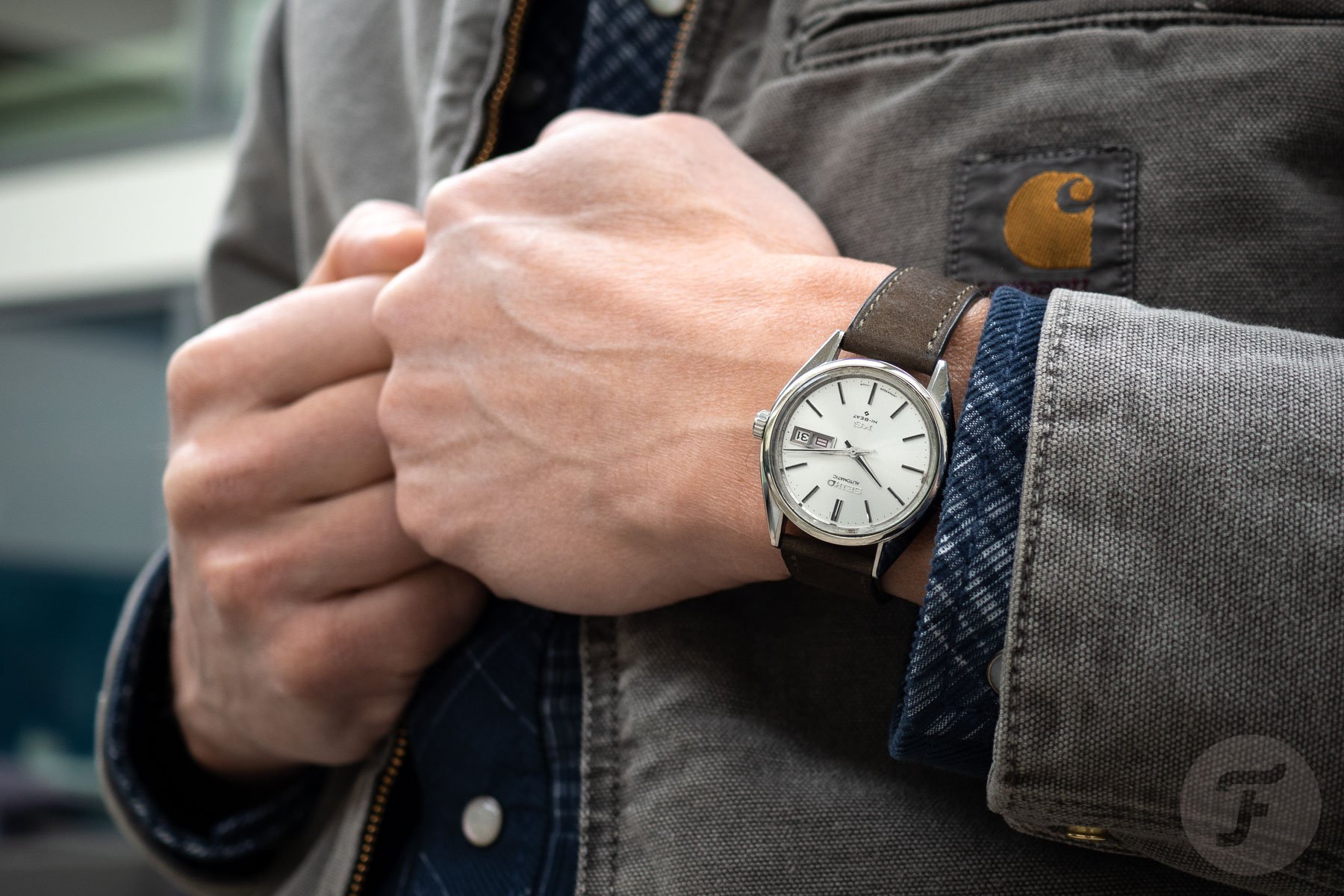
Find and follow me at Lex Stolk • Instagram.

